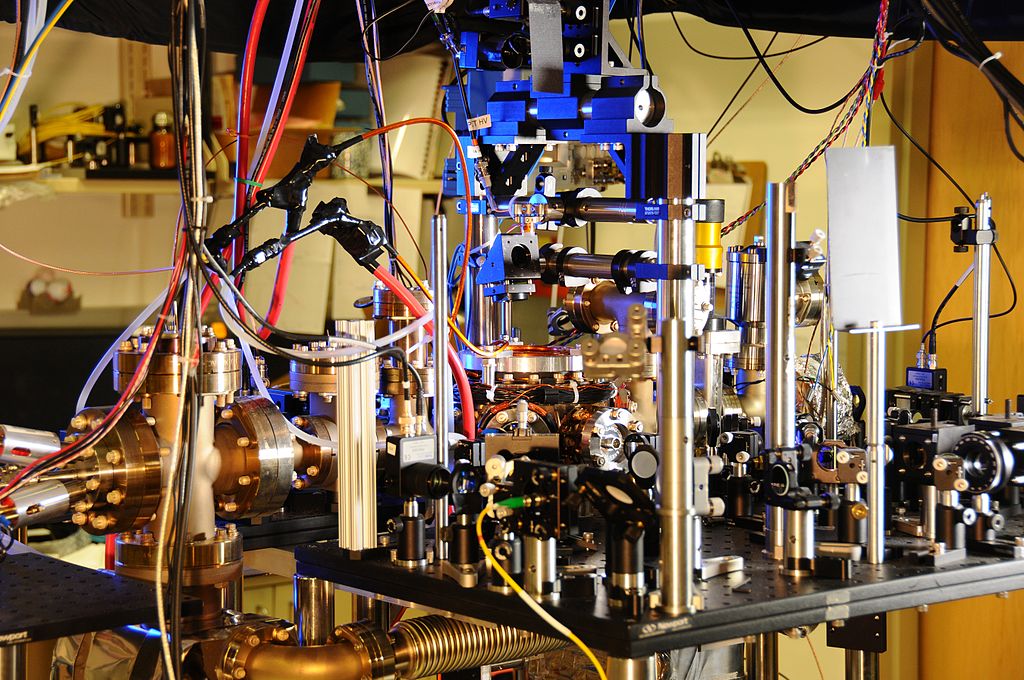Einstein's “Imaginary Elevator” Thought Experiment Proven Right Again
Posted on Categories Discover Magazine

Well, Einstein’s done it again!
That is to say, the gravitational theories of Albert Einstein have once again been confirmed, and to a new degree of precision. The equations of general relativity predicted a certain quantity would be zero, and physicists at the National Institute of Standards and Technology (NIST) have calculated a record-low, unbelievably tiny result — basically, as good to zero as we can get.
So what did they measure? The variation between different ultra-precise atomic clocks around the world as it orbited the sun. It’s … a bigger deal than it sounds like.
Elevator Action
Part of Einstein’s genius was his ability to think things through using just his imagination. These so-called gedankenexperiments (“thought experiments”) yielded many of his insights in formulating the theory of general relativity, which focuses on gravity’s effects.
Among the more famous examples is one focusing on an imaginary elevator. Someone inside would be unable to distinguish a gravitational field from acceleration — the downward pressure you normally feel from Earth pulling at you could just as easily be the elevator accelerating ‘upward’ toward you in zero gravity. Stuck inside the elevator, with no windows, you couldn’t tell the difference.
The NIST team tested another aspect of the thought experiment, which says that everything inside the elevator would feel the same accelerations, and their relative properties would remain constant — zero change. It’s an idea called local position invariance (LPI). They used Earth itself as the elevator, and compared the “ticks” of a dozen atomic clocks all over the planet. After studying nearly 15 years’ worth of data the results were in: the difference was just 0.00000022 plus or minus 0.00000025. Pretty close to zero!
The results appeared today in Nature Physics.
Like Clockwork
It’s closer to zero than we’ve ever gotten before, thanks to improved tech, particularly the incredible accuracy of today’s atomic clocks, “so stable that they could be in error by no more than a thousand seconds over the life of our universe, ~14 billion years,” according to the paper.
Unfortunately, it’s also about as close as scientists can come with those clocks too — but new atomic clocks are already in the works and should provide even finer measurements in years to come.
But why bother, when we’re already so close to zero? Well, this isn’t just about NIST showing off. Because LPI should be a fundamental property of the universe, it’s part of the calculation of some of nature’s other fundamental values, such as the mass of certain particles. Having an improved figure for LPI means better numbers for everything else.
Plus, of course, confirming once again that, yep, ol’ Einstein really knew what he was talking about. Not that it’ll stop scientists from trying to find out otherwise.